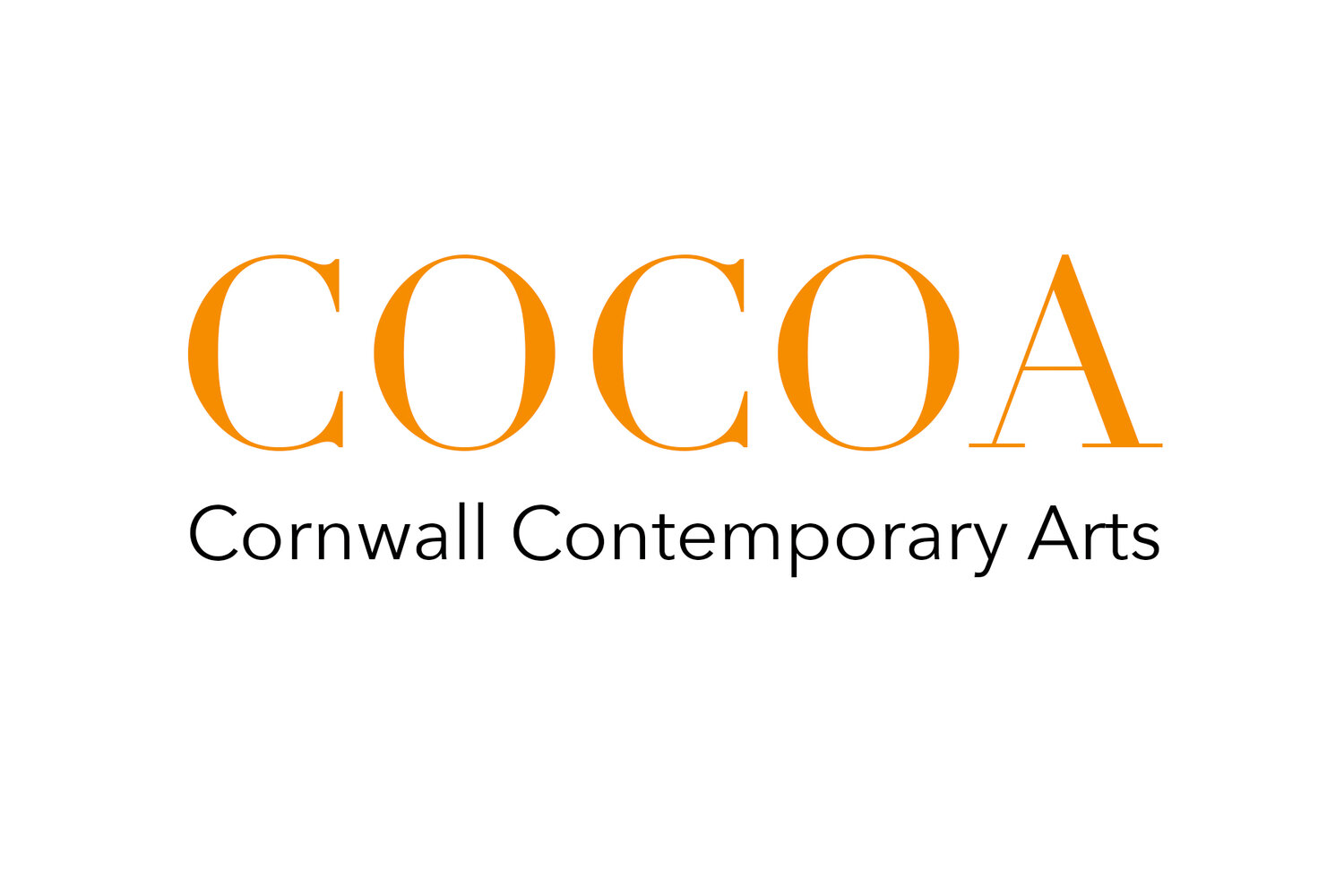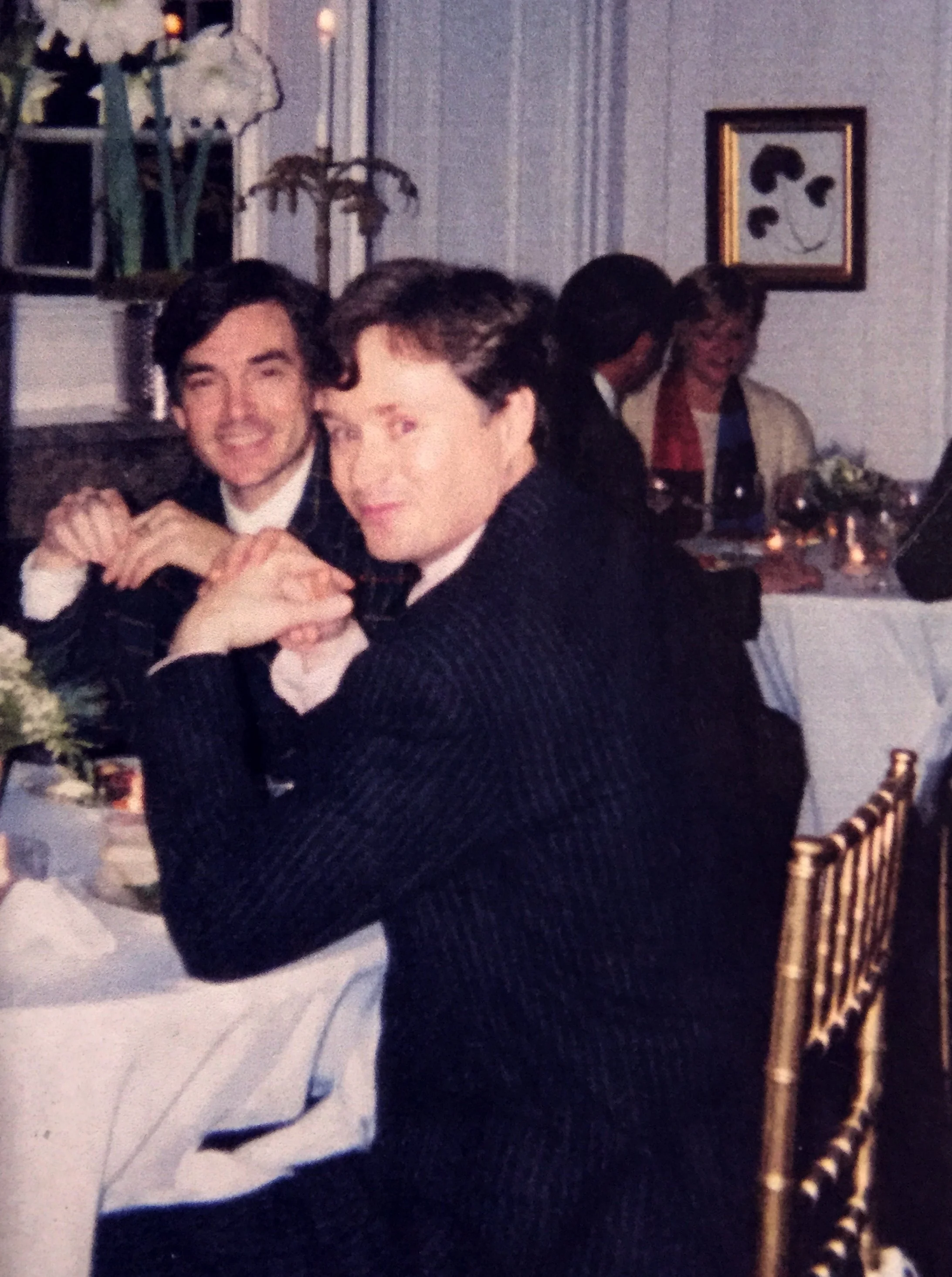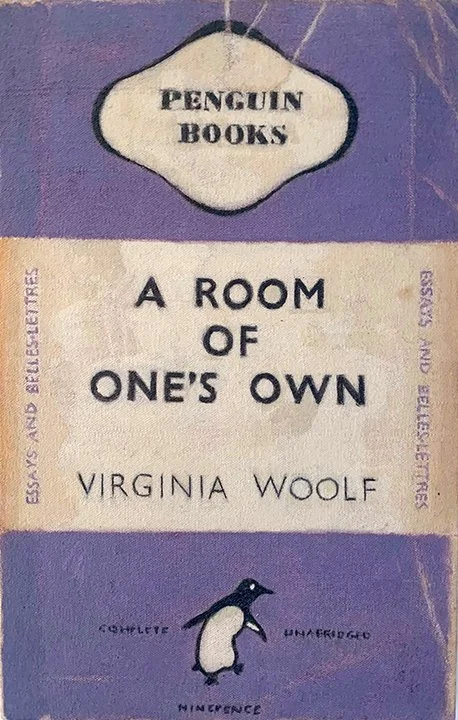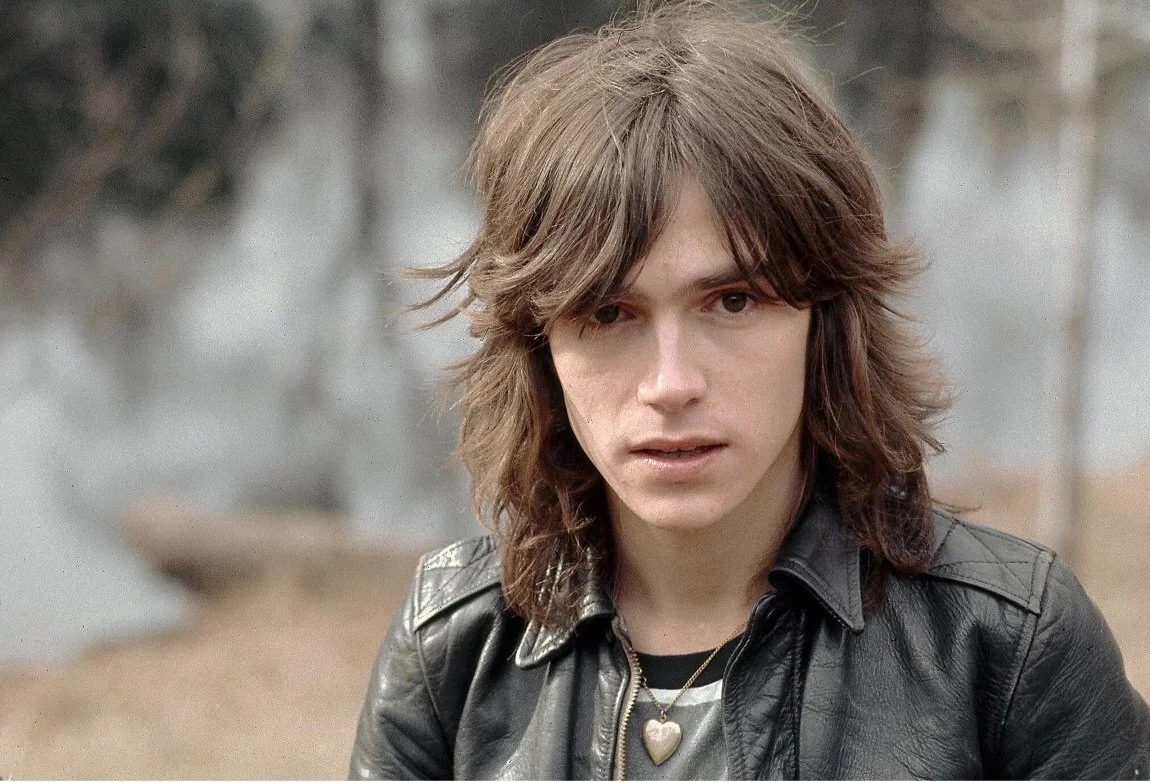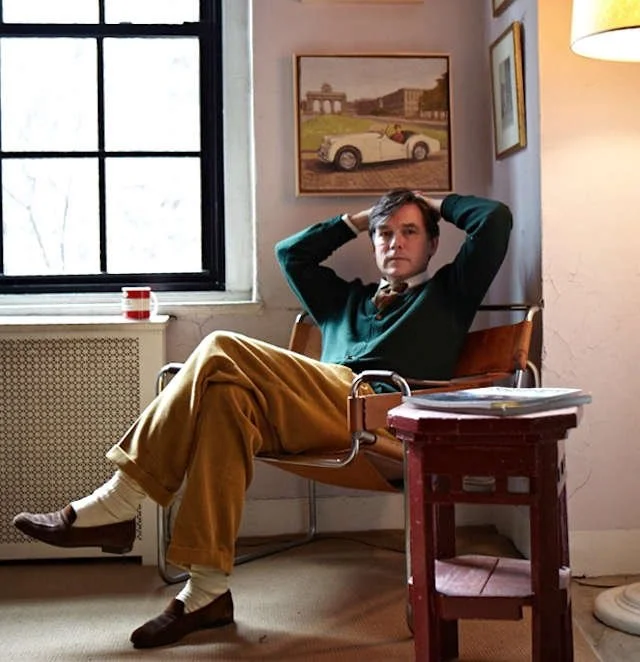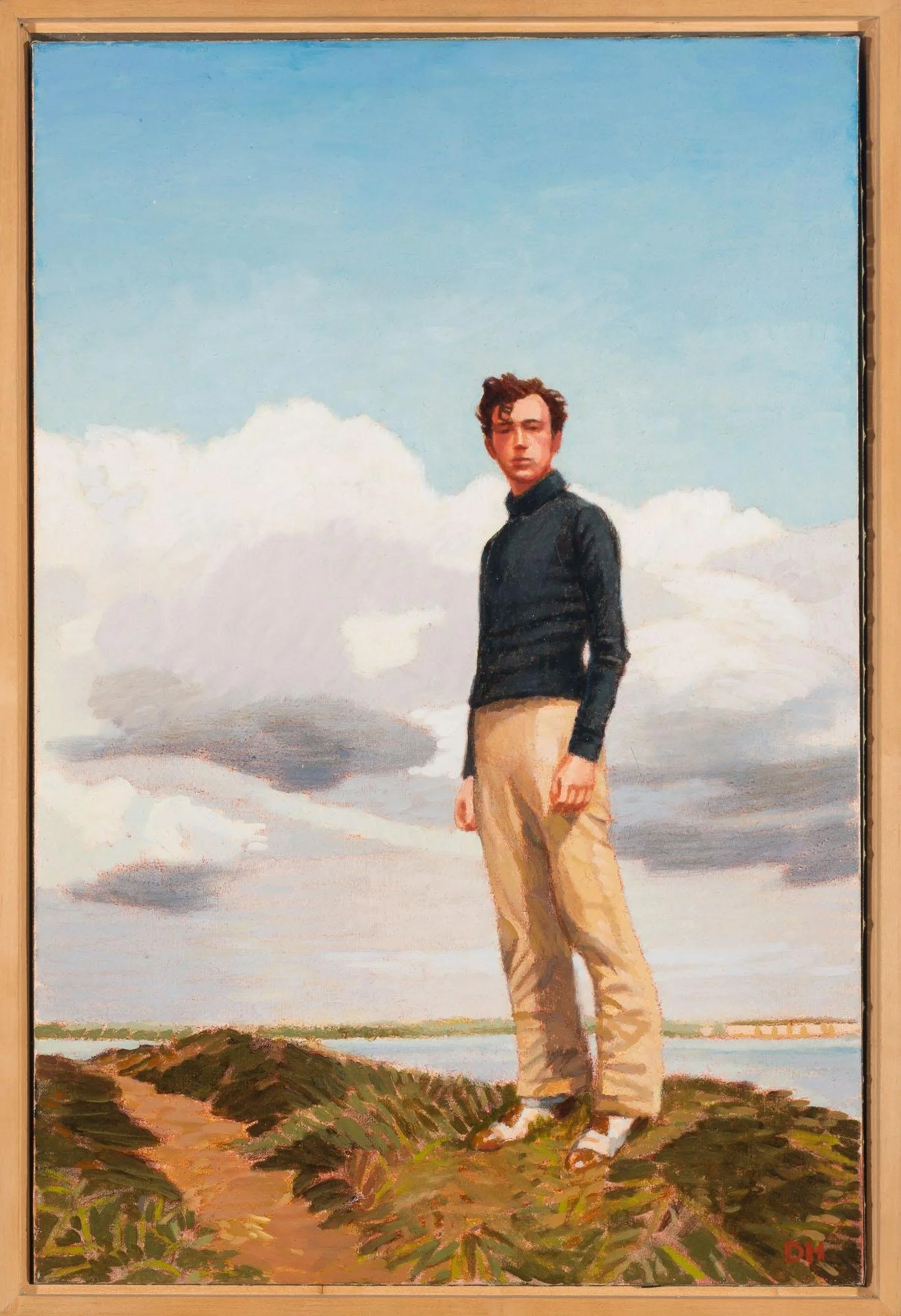PICTURING DUNCAN HANNAH, Part III
Duncan Hannah, who passed away June 11 of this year, was one in a million. Artist, writer, briefly an actor and always a bon vivant, Hannah lived a big life and chronicled it in his 2018 autobiography Twentieth-Century Boy. It is through these words that we can learn, for instance, about his downtown days in 1970s and 1980s New York and about his connections to Andy Warhol, the Talking Heads, Patti Smith, Tom Verlaine and other famous and infamous characters.
Yet as comprehensive a document as this is, there is of course more to say. In this three-part series, “Picturing Duncan Hannah,” COCOA has set out to create an alternate portrait of Duncan, one sketched by many whose friendships with him were deep and enduring. We are so appreciative of these ten contributors who have given us glimpses into their personal relationships with Duncan — how they met, stories no-one else knows, their grief. Many thanks to Eric Aho, Ellen Berkenblit, Barry Blinderman, Gretchen Carlson and Philip Taaffe, Jeff Joyce, Walter Robinson, Mary Jo Vath, Thomas Woodruff and Geoffrey Young for sharing these recollections. Thank you as well to Sara Cousins and Pierce Kearney and Valorie Fisher and David Cowan for additional images of pieces that were gifts from Duncan.
Read Part I of “Picturing Duncan Hannah” here
Read Part II of “Picturing Duncan Hannah” here
Duncan Hannah, ‘Shy Venus, 2014, oil on canvas, 20 x 16 inches
* * *
DUNCAN HANNAH
by Jeff Joyce
Duncan and Jeff at a dinner party in New Jersey circa 2002
One day in 1990 the director at my gallery called to tell me a guy had come in asking for my phone number.
“What’s he like?”
“He’s a bit of a fop.”
I was intrigued.
Duncan Hannah and I became fast friends, meeting for lunch, spending afternoons in galleries and talking in his Upper West Side studio. We had a lot in common: a love of clothes, books, and music (we went together to scores of concerts). And we shared a love for all things British.
We traded paintings. He gave me Little Rain, oil on panel. I’ve always thought the boulevardier on the right was a self-portrait, something familiar about his stride. His odd manner of painting (using old photographs and a projector) was seamless with his world view: in essence, it meant a light touch and a deceptively modest approach with an unembarrassed love for beauty, which put him out of step with much of contemporary culture. His work was not strictly about nostalgia, as many believed. He was busy creating an alternate world, that essential pursuit. He disdained pompous people, even more so pompous art. His favorite word to describe a good painting was “believable.” Duncan loved the obscure; the best painters were dead painters. I still cannot accept the fact that he now resides in that realm.
Duncan Hannah, Little Rain, 1991, oil on panel, 18 x 14”
Some misconstrued him because he was handsome, a stylish dandy, but at his heart lay a surprising core of tough integrity. He was perhaps the wisest person I ever knew. As our friendship developed over the years, I learned about his daily work to keep his addictions at bay. I came to see how that discipline and making art were part of the same effort. He said, "I have two jobs—to stay sober and to paint." I believe that discipline sparked a generosity of spirit in Duncan, which spurred me to be even more generous toward him. And so on. Always upward. Our friendship became based on a mutually supportive dynamic, and that made me a better person. Whenever we visited, he'd have an envelope or an old tote bag filled with “swag” for me: old CDs or mix tapes that he made (complete with cover designs), books or a catalogue of his latest show in Korea, London, or Paris. These little gifts were deeply touching, but the greater affection demonstrated was never lost on me.There was never a day or an afternoon spent in his company that I did not feel somehow enriched. After I divorced my former wife he urged me to move to Litchfield County and enjoy bohemian country life. Duncan is the principal reason that I am in the Northwest Corner.
One morning immediately after I moved into my home in Sharon (a former horse barn), Duncan showed up unannounced with an old Arts and Crafts oak chair and some tartan cushions as housewarming gifts. Then we headed to the Bargain Barn to buy cheap vintage tweed jackets and, after, had a cold plunge in my local lake. He’d snoop around my studio (“Love the smell of linseed oil!” and “I think this one is finished.”), encouraging me to get out more and show my work. He’d say, “Jeff, don’t die with your secret.” Occasionally I’d be out on an errand or at a local event and we’d bump into each other, then end up spending the rest of the day together looking at each other’s paintings, catching up on gossip, or watching an obscure French movie at his house.
I will not see his like again.
Sharon, Connecticut, November 2022
TRIBUTE TO DUNCAN
by Gretchen Carlson and Philip Taaffe
Duncan Hannah, A Room of One’s Own,
collection and photo Gretchen Carlson and Philip Taaffe
The first Duncan Hannah work that we bought was from the Rose Algrant Art Show in Cornwall. We acquired this beautiful small drawing of boys riding bicycles on a country lane that hangs in our son's room today. This would be the beginning of a beautiful friendship. A friendship was formed of mutual artistic admiration, swimming in Cream Hill Lake, trading books and collage material found at local library sales, and discussions of great European films that we loved.
Duncan's collages were exquisite snapshots from the past brought into our present. He was a fellow forager, a wonderful companion to travel through time with, and we miss him greatly.
West Cornwall, Connecticut, November 30, 2022
Duncan Hannah at Cream Hill Lake, West Cornwall, Connecticut, 2018, photo Darren Ankenman/Autre
DUNCAN
by Eric Aho
Duncan and Megan at a small restaurant near Cornwall, 2015, photos Eric Aho
The news first arrived telegraphed over Instagram channels by those who “never got” Duncan, but were nevertheless compelled to register immediately corrective notes of “should’ve paid more attention,” and “never quite properly estimated his work.” Bolt upright in bed now and puzzled, I was unsure what had actually occurred. Texts from heartbroken friends arrived moments later.
Often, when I planned to be in town for gallery-going, I called Dunc and he joined me. Of course, some days before, I might hear, “Sorry, pal, I’m headed to Paris.” Just a couple of weeks ago, on a Saturday of gallery visits, I noted his absence at every turn; he wasn’t in Paris. Maybe he’d turn up in the really good booth at the Park Avenue Armory admiring the Albert York (as we did a handful of times at Cecily and Roy’s gallery) or would appear stepping out in the rain from that favorite noodle shop on the Lower East Side sliding his Macintosh over his Harris tweed jacket.
Duncan wove himself a tweedy sartorial signature to be sure. He liked what he liked and told you so: “Everyone seems to love these paintings, but they’re really not that good.” Honesty, loyalty, and candidness were hallmarks of Duncan’s eccentric self. In his paintings, characteristic impressions harkening to a bygone Modern era, the soft touch of his hand so evident, a scripted signature would have been over the top. Instead, he pressed a carefully considered red DH onto the completed canvas like an understated seal. An impression on an impression.
It’s no wonder so many didn’t get what he was up to. Duncan’s cinéma-peinture was designed to confuse, to shift time, to disguise intention, and to please his eye first in a way that leaves you strangely unsatisfied and curious for more. He loved pictures – drawn and painted, moving and still. Like Duncan himself, his paintings are generous invitations. They’re sensual, hand-on-chin thoughtful (Duncan’s natural stance when looking at pictures or listening to your story), and set in another era just barely within living memory.
Duncan was generous to me, and was always easy with introductions around the table “Kind of like Ron Kitaj, Eric likes going to the airport just to see which flights to exotic destinations are leaving next.” Unlike Kitaj, however, I never boarded those flights. To Duncan, the sometimes escapist/sometimes fantasist, dreaming of where in the world to go next seemed perfectly natural. In his painting, his preferred destinations had been established years earlier. Duncan’s ambitions as a painter were as apparent as they were disguised. He lived and worked outside trend and fashion. He was, in turn, curious about my own rather undisguised painterly and professional intentions. Over the years we visited exhibitions, auctions, museums, and art fairs together, and enjoyed sharing news of our recent discoveries. We traded our own works. In a show I curated, his painting naturally took the wall between a twenty-something painter and Edwin Dickinson. With Megan we shared laughs and a summer’s evening ride in my convertible Saab.
Duncan visited me in Vermont and we swam in the pond at night. He was a support to me in sobriety. His memory was keen and he easily recalled our last conversation, picking up where we had left off. He was smart and funny, clever and witty, and unvarnished—much like his paintings stamped with a red DH. So long, pal. XOXO
Saxtons River, Vermont, November 2022
Read Part I of “Picturing Duncan Hannah” here
Read Part II of “Picturing Duncan Hannah” here
Duncan Hannah in 1972. photo Danny Fields
Duncan Hannah, 1972, photo Danny Fields
Duncan Hannah in his apartment/studio 2012, photo Michael Mundy/Remodelista
Duncan Hannah, Cecil, 1997-98, oil on canvas, 30 1/2 x 20 inches, photo courtesy Invaluable

